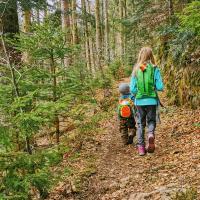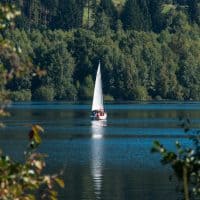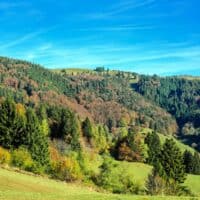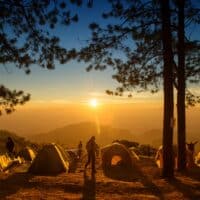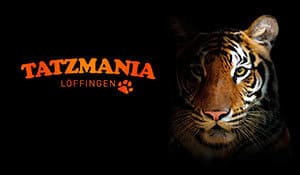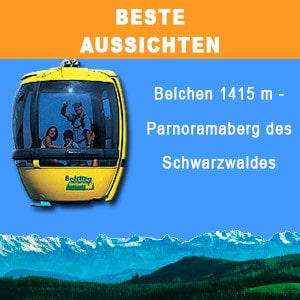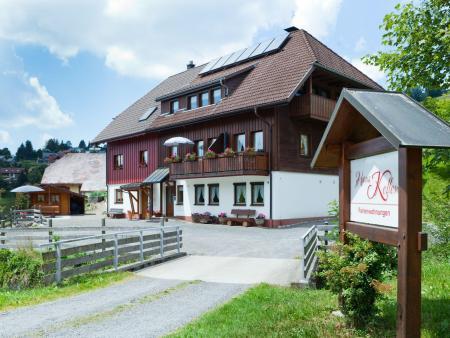Winter is just around the corner and with it comes the highlight of the year for many sports enthusiasts - the skiing holiday. In order to be able to enjoy the winter mountain air and the ski holiday stress-free, the right equipment is essential. Professionals and old hands make sure that the necessary equipment is complete even before the ski season.
Inappropriate or poor ski equipment is one of the most common causes of accidents on the ski slopes. The optimal ski equipment does not only consist of skis and ski boots; Ski poles, helmets, goggles, gloves and the right underwear should not be missing either.
In this guide, we explain what exactly is important and which criteria are particularly important for the right ski equipment.
To ski
The right skis and poles are of course the most important part of ski equipment and probably the most difficult part. In order to select the right skis, preferences, ability, skiing style and slope conditions play a major role. There is a large selection of different ski models, which differ in their construction according to discipline and area of application.
- Freeride skis
- All mountain ski
- All-round carver
- Slalom carver
- Race Carvers
- TwinTip ski
The types mentioned above are just some of the different skis, skis are also differentiated between alpine skis and Nordic skis, freestyle and freeride, slalom skis and carving skis and numerous others. Beginners in particular should always seek advice from a professional and not just buy any kind of skis without specialist knowledge.
If you want to try the sport first, we recommend renting skis from a ski school or a ski rental at the holiday resort. There are also specialist advisors on site who can choose the right skis.
Skischuhe
Ski boots are just as important as the right skis. Not every ski boot fits every ski, so a well-considered search is important here too. A ski boot must fit snugly on the foot to ensure a secure hold. However, it shouldn't be too tight or too tight.
Bond
The binding connects skis and ski boots and is therefore an extremely important part of ski equipment. In the event of a fall, the binding opens and detaches the boot from the ski to prevent injuries. A ski binding should always be adjusted by a specialist. If a binding is improperly adjusted, this can lead to serious injuries in the event of a fall.
Helmet and glasses
The right ski helmet ensures more safety when driving, and it also protects against the cold. In many countries, a helmet is now even compulsory on the slopes. In the event of a fall, a helmet can protect against life-threatening head injuries or permanent damage. A helmet fits just right if it doesn't slide back and forth and locks perfectly.
We also recommend ski goggles with UV protection, which protect against the sun's rays and weather conditions. Ski goggles are usually equipped with an anti-fog coating, which ensures a good view even in bad weather.
Alternatively, combinations are also available: ski helmets with an integrated visor. A helmet with a visor is particularly suitable for people who wear glasses, as there can be no pressure points here. In addition, the visor is interchangeable on most models and can be exchanged as desired.
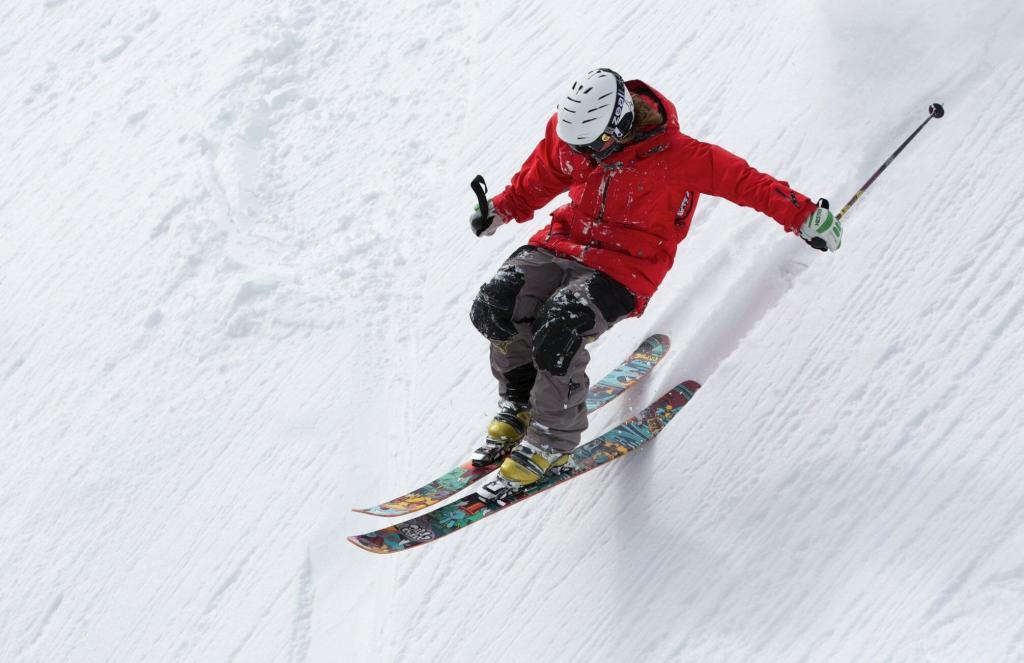
Gloves
Gloves shouldn't be missing either: They keep the hands warm and thus ensure the comfort and mobility of the fingers. Ideally, ski gloves are also water-repellent. If you don't want to do without additional safety when it comes to gloves, there are gloves with integrated wrist protectors.
Ski clothing and underwear
The right clothing is essential on the slopes. The outer clothing should ensure optimal freedom of movement and not restrict it. As a rule, ski jackets and ski pants are water-repellent and also protect against adverse weather conditions.
Breathable functional or thermal underwear is recommended for underwear. Many skiers swear by the so-called onion look and put on several layers of clothing that can be taken off again if necessary or in warm weather.
Warm socks or ski socks are also a must for the right clothing. They should reach at least a hand's breadth over the ski boot and sit wrinkle-free, as otherwise this can lead to blisters or uncomfortable pressure points.
The most important rules on the ski slope
As in road traffic, there are of course some rules when skiing on the slopes. Here apply worldwide the FIS rules of the International Ski Federation FIS for skiers and snowboarders.
- Considerate other skiers and snowboarders
- Mastery of speed and driving style
- Choice of lane without endangering others
- Only overtake with enough space
- Driving in and off without danger to others
- Stopping on the slopes should be avoided
- Ascent and descent must take place at the edge of the slope
- Observe the markings and symbols
- Providing assistance in the event of an accident is compulsory
- Identification required
Conclusion
Complete ski equipment is a must for a successful ski holiday. It is also advisable to find out about the slopes and runs in advance, especially at Ski vacation with the family. This ensures that there is a suitable slope for all family members. If you are then equipped with the right equipment, nothing stands in the way of a wonderful skiing holiday.

